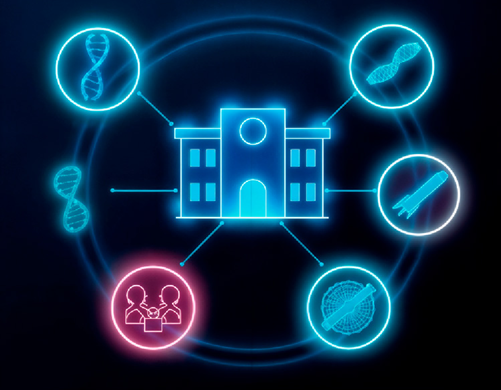
ALTERNATIVE PAYMENT MODELS FOR INNOVATIVE MEDICINES: A FRAMEWORK FOR EFFECTIVE IMPLEMENTATION
McElwee F, Cole A, Kaliappan G, Masters A, Steuten L. Appl Health Econ Health Policy. 2025 Jul;23(4):535-549. doi:10.1007/s40258-025-00960-1
PATRICIA CUBI-MOLLA
Senior Principal Economist, OHE Honorary Senior Research Fellow in the Department of Economics at City St George’s, University of London
SUMMARY
The article presents a necessary reflection in today’s context: how can healthcare systems ensure access to innovative medicines without compromising their finan- cial sustainability? This question is especially relevant when con- sidering highly personalized therapies with high costs and limited evidence, such as gene therapies (noting that approximately 80% of rare diseases have a genetic origin), CAR-T cell treatments, and targeted oncology therapies.
The authors propose the implementation of Alternative Payment Models (APMs) as a response to this challenge. Instead of reimbursing a drug in a standard way regardless of the patient, timing, or outcome, APMs allow for linking payment to clinical outcomes, spreading costs over time, or adapting the price to each therapeutic indication. Based on a literature review, the authors present a structured framework for implementing APMs, which includes four main steps:
- Step 1: Identifying the main problem to be solved
- Step 2: Assigning the appropriate payment model to each type of problema
- Step 3: Assessing implementa tion feasibility, considering legal, administrative, or technological barriers
- Step 4: Collaboration between payers and manufacturers, which is key to finding mutually accept- able solutions
In Step 1, the authors highlight the main challenges to facilitating access to innovative medicines, including: budgetary impact, uncertainty about effectiveness, misalignment between the actual clinical value of the drug and the evaluation criteria (e.g., having to assess the effect of nearly curative therapies only in the short term), and decision-making constraints (e.g., not allowing differentiated pricing across patient subgroups or indications).
Identifying the main problem is crucial to determine the most appropriate APM (Step 2). For example: outcome-based payment for drugs with clinical uncertainty; instalment-based payment for therapies with high upfront costs; or subgroup-based pricing when there are differences in effective ness.
One of the key messages of the article is that many technical obstacles—such as the lack of data infrastructure or the complexity of contracts (Step 3)—can be over come if stakeholders share a clear understanding of the problem and align on objectives (Step 4).
The article also illustrates the proposal with real-world examples: outcome-based agreements for oncology treatments in the U.S. and Spain; combined schemes with instalment payments in Italy for gene therapies; and subscription models for antivirals in Australia.
COMMENT
In the field of rare diseases, the implementation of more flexible and tailored payment models is not a new topic. If we revisit the first issue of newsRARE (from 2016), we already find clear references to APMs: «Mechanisms are needed that allow payment based on outcomes, in order to finance these treatments and thus guaran- tee patient access,» as well as the importance of including financial sustainability in decision-making: «The high amortization cost is compounded by the chronic nature that characterizes many rare diseases.» Nine years later, we can affirm that the adoption of alternative payment schemes tailored to the context of RDs is not just desirable—it is essential.
Although the article focuses on innovative medicines in general, its framework is particularly relevant for orphan drugs (and it is worth noting that the authors do not include any specific term related to ‘Innovation’ in their literature review that would prevent applying their findings to other contexts). In fact, orphan drugs present specific characteristics that exacerbate the challenges described in the article. Perhaps the most significant is the low prevalence of RDs, which makes it difficult to obtain robust evidence from controlled trials or clinical registries, generating con- siderable uncertainty regarding effectiveness. In contrast, although the total number of patients is small, orphan drugs represent a high budget impact per patient for payers, especially due to the chronic nature of many RDs. Furthermore, many advances in rare diseases arise from drug repurposing or indication extensions, making heterogeneity among patients another relevant consideration.
In this context, APMs can become an essential mechanism to ensure access to therapies for RDs without jeopardizing the sustainability of the healthcare system. For example, when there are doubts about clinical effectiveness, an out- come-based payment agreement would allow reimbursement only if the expected benefit is achieved in practice (point 5F in Figure 1 of the article). If the treatment cost is very high upfront (as with gene therapies), installment-based payment allows the expense to be spread over time (point 1A in Figure 1). The article cites Luxturna and Zolgensma—gene therapies used for the treatment of RDs—as examples, contrasting the actual payment mechanisms established in some countries with those recommended by the authors’ proposed model.
These models can also address some of the challenges identified in Reference Centers, Services, and Units (CSURs). As recent studies in Spain have pointed out, CSURs face chronic shortages in funding and specialized personnel, which limits their ability to care for patients referred from other regions. Moreover, the complexity and heterogeneity of many RDs demand a more efficient and coordinated use of resources. APMs can support this by linking expenditure to outcomes achieved and optimizing investment.
Finally, while the article identifies obstacles such as the need for real- time data and legal complexity, it also emphasizes that these can be overcome. What truly makes the difference is the willingness to collaborate, mutual trust, and clarity of objectives. For APMs to succeed, it is not enough to design sound models: conditions must be created for them to be credible, acceptable, and applicable.






















